The Racket: How abortion became legal in Australia
MUP, $34.95 pb, 236 pp
The Racket: How abortion became legal in Australia by Gideon Haigh
In May 1965 the Victorian police raided a nondescript terrace house in East Melbourne. They were tracking illegal abortionists. Two doctors, one an outgoing social figure, bold and brassy, the other a quiet, studious man, were performing abortions on the premises. They had refused to pay protection money, and probably the raid was inevitable. The police rampaged about, taking files and notes, and eventually found three young and very groggy women who were clearly recovering from anaesthetic. The quick-thinking women claimed to be recovering from pelvic examinations, but the police were not fooled, and the women were rushed off to the Royal Women’s Hospital where a doctor probed them and their photographs were taken, legs apart. While the women were enduring this undignified end to their surgery, the doctors too were in trouble. With good lawyers, their hearings were adjourned, but they returned to their old work, a little more quietly, but still performing abortions.
The Racket: How Abortion Became Legal in Australia is really a twofold story: of the women who endured the abortions, and the doctors, criminals and police protectors who colluded to provide them. In times when medical abortion is relatively affordable and available, if not necessarily legal in some states, it is important to recall times when women were forced to seek out illegal abortions and thus be criminalised themselves. Some women learned to abort themselves; others turned to women for help, including friends, neighbours and local midwives. Many located willing doctors, some of whom would perform an abortion (often without anaesthetic) for a hefty fee. A medical abortion did not necessarily mean increased safety, cleanliness or better treatment: it was simply one way around a problem pregnancy. Women knew the risks of illegal abortion – from sepsis to haemorrhage, even death – but for those unable to endure pregnancy the risks were worth it. Women were, quite simply, prepared to die.
Continue reading for only $10 per month. Subscribe and gain full access to Australian Book Review. Already a subscriber? Sign in. If you need assistance, feel free to contact us.


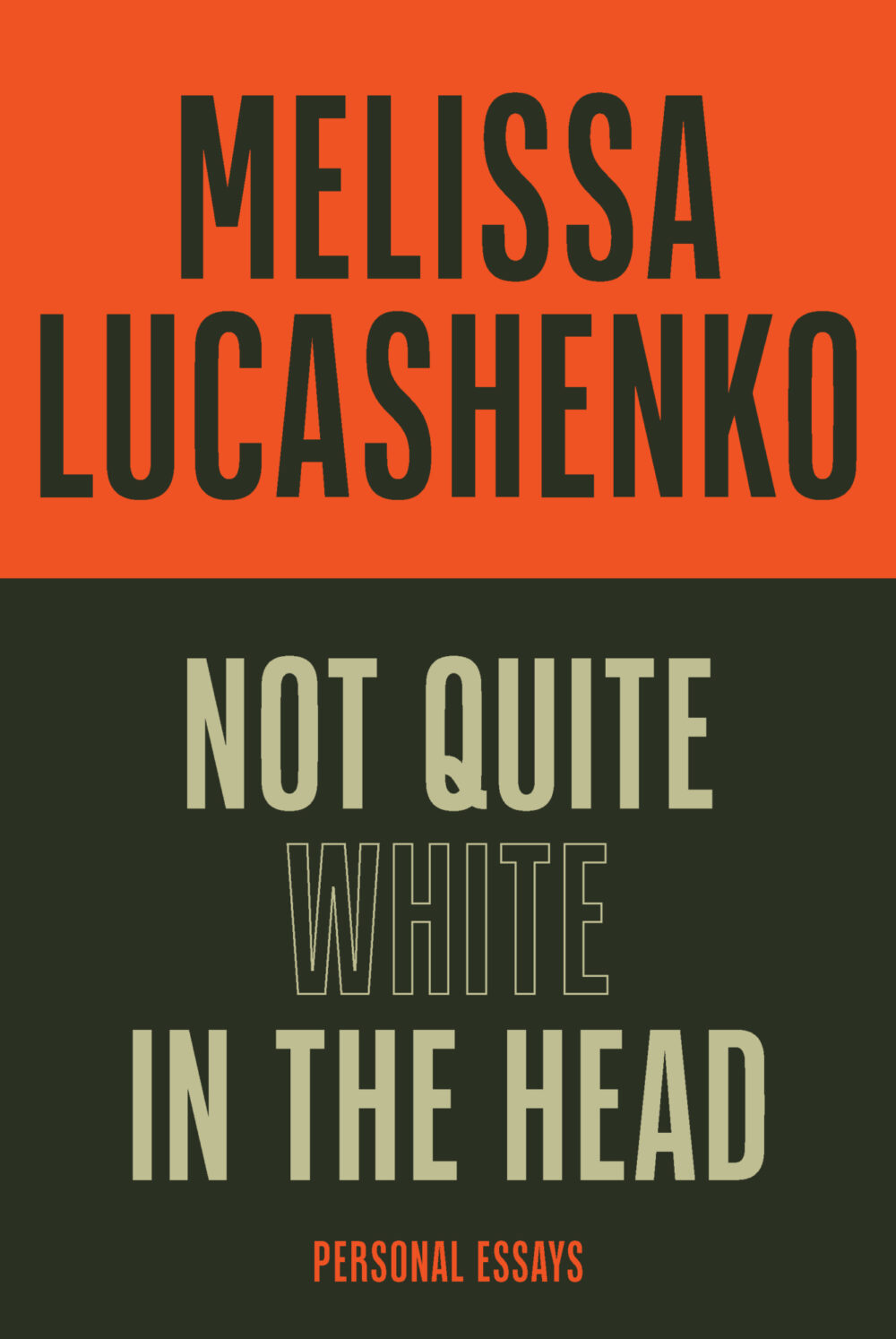
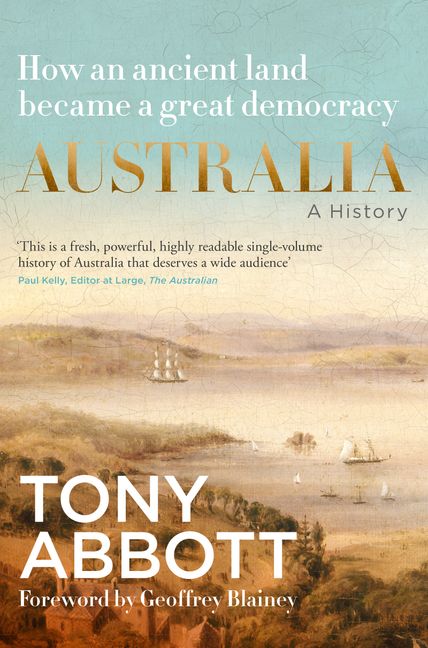


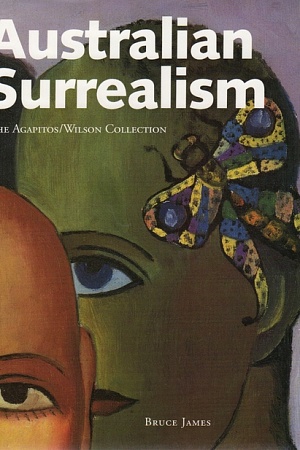
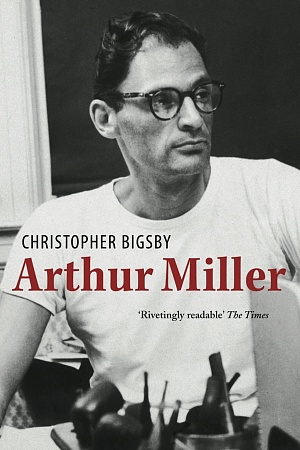
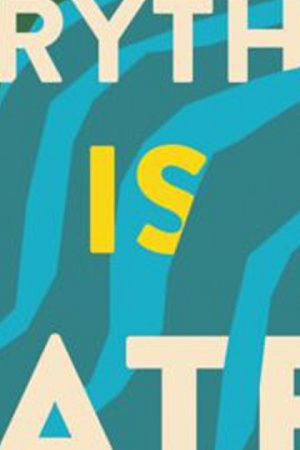

Leave a comment
If you are an ABR subscriber, you will need to sign in to post a comment.
If you have forgotten your sign in details, or if you receive an error message when trying to submit your comment, please email your comment (and the name of the article to which it relates) to ABR Comments. We will review your comment and, subject to approval, we will post it under your name.
Please note that all comments must be approved by ABR and comply with our Terms & Conditions.